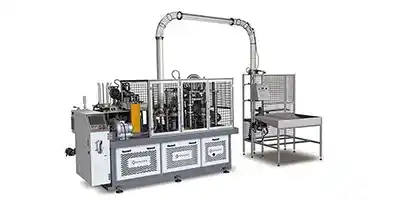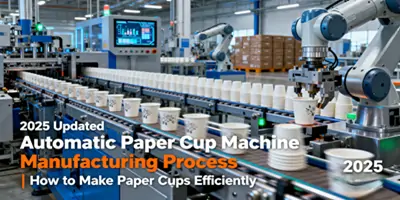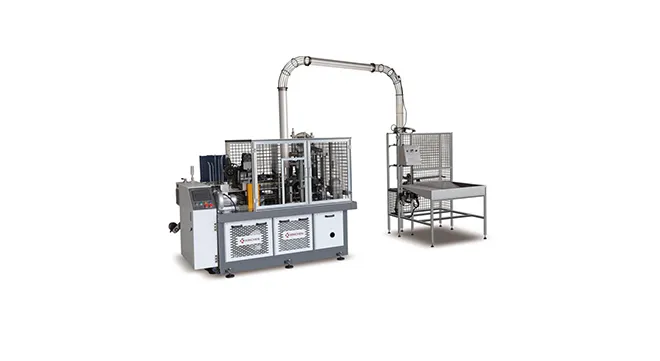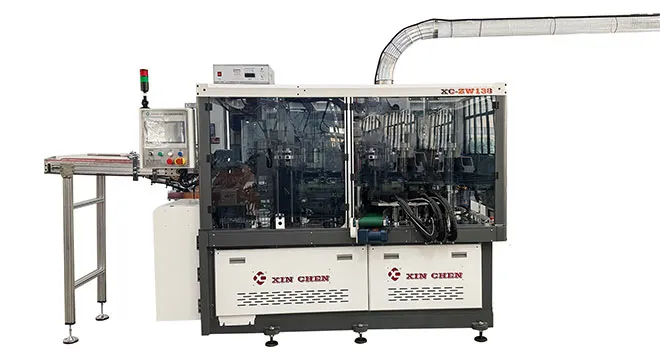Paper cups are a sustainable choice. Here's why: Made From a Renewable Resource: Paper cups are made from renewable resources – wood fiber sourced from responsibly managed working forests. These forests play a vital role, capturing carbon dioxide and keeping our air clean.
Paper Cup Recycling is Growing
The good news is the paper industry can recycle paper cups! They get a whole new life after you use them. Here's how and why:
Growing Network: Across China, more than 20 mills can recycle paper cups and turn them into new products. The number of cities accepting paper cups is growing too. Cities like Beijing, Shanghai, Nanjing, Wuhan, Zhengzhou already accept cups in their recycling programs.
Rapid Development: Paper mills are adding and advancing the technology and infrastructure needed to process paper cups.
Industry Collaboration: The Paper Cup Alliance works with mills, recycling centers and communities to expand paper cup recycling access.
Understanding the Impacts of Reusables
Sustainability is an important consideration when making purchasing decisions. Reusable options have their own environmental impacts and considerations such as:
- Production: Many reusable cup options are made from fossil-based, non-renewable or non-recyclable materials. Manufacturing reusable cups requires energy and generates emissions.
- Hygiene: The design of a reusable cup can lead to mold and bacteria build-up. Hygiene also becomes a concern in high-volume restaurants or places like airports.
- Transportation: Reusable cups are heavier than paper cups. This can generate more emissions during shipping.
- Washing: Washing reusable cups, especially on a large scale, can negate environmental benefits.
Ultimately, the best choice for you depends on the situation and personal preference. But paper cups are an important part of advancing sustainability goals. They are made from renewable resources and can be recycled into new products.
Disposable Cups Paper vs Plastic.

The main advantage of paper cups is biodegradability. These cups breakdown quickly with no harm, but plastic cups can't say the same. Conversely, their impact on landfills is a major concern since there is such an immense number of cups regularly produced.
For most consumers, these environmental considerations are typically counterbalanced by the money saved by paper and plastic cups. In addition to being very convenient to use, buying them in bulk also means they cost pennies on the dollar for each cup. Since nobody wants to risk breaking mugs or glasses when they're on the go, the popularity of disposable cups is even higher.
Lifecycle Assessments

Thus far, the main difference between paper cups and plastic cups is biodegradability. Figure out the greenest option, we must examine their "life cycle assessments". In other words, we have to contemplate a variety of possible ecological impacts, including carbon footprints, ozone depletion, global warming impacts, harmful chemicals and resource consumption issues these cups may cause.

 Nov 09,2024
Nov 09,2024








